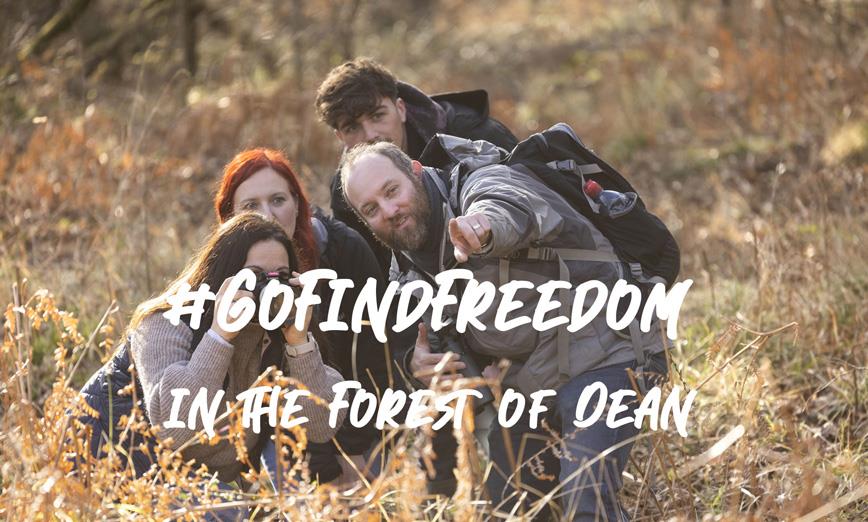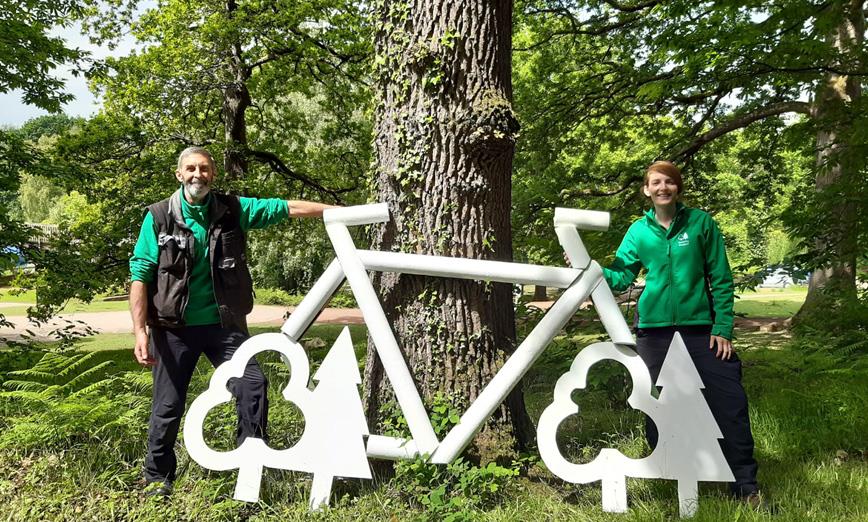- Stay
- What's On
- Things To Do
- Food & Drink
- Explore
- Inspiration
- Offers
- Weddings
- Blog
My Planner
- Stay
- What's On
- Things To Do
- Food & Drink
- Explore
- Inspiration
- Offers
- Weddings
- Blog
You are here: Explore > Towns & Villages > Forest of Dean
The Forest of Dean has a rich heritage and culture and its towns are characterful and vibrant bases for exploring:
Coleford is a picturesque and charming market town with a long and rich history. Its centre is compact and walkable with all the amenities and family-friendly attractions to make the town worth a visit in its own right. There are lots of eating out options and independent shops, a deli, several cafes and restaurants, a cinema, countryside walks and a historic clock tower in the centre. It is also home to the Tourist Information Centre, where you can find out more about Coleford and the wider area.
Newent is a thriving market town with bustling independent retailers and a Market Square that includes several historical buildings including the Market House, a structure that dates back to the 13th century. One of the oldest inhabited towns in the Forest of Dean, Newent has been settled since at least Roman times and appeared in the 1086 Domesday Book of William the Conqueror. As well as having a long and rich history, Newent is one of the most picturesque towns in the region, and makes for a great base to explore the Dean Wye.
The historic town of Lydney is situated on the River Severn and houses some of the area’s must see points of interest including a lovely park and historic monuments as well as a harbour with riverside walks, so you could easily spend a day here before venturing outside the area. Thirty pubs, cafes and restaurants cater for locals and visitors and the town has a variety of local shops that offer everything you need for your stay. Finally, it’s also the perfect base for those who prefer to leave the car at home, as the town is connected to the national rail network via Lydney Station, with trains to Newport and Gloucester as well as the Dean Forest Railway for steam train rides deep into the Forest.
An historic market town, Cinderford got its name from the iron ore which was mined and smelted in the area from Norman times. Cinderford continued to rely on mining, especially coal, right up until the 1960s, and its heritage is marked by a statue of a Forest of Dean Freeminer in the town centre. With cafes, shops, a cinema and surrounded by picturesque forest, a 3 mile walking trail takes in many of the town's highlights. On the western edge Linear Park offers forest walks, the attractive Steam Mills Pond and direct access to many walking paths and cycle trails in the Forest of Dean.
-
Stay
-
What's On
-
Things to Do
-
Food & Drink
Number of results: 29
, currently showing 1 to 20.
Address
Gloucestershire, GL16 7PGOne of the ancient villages of the Forest of Dean, situated at the top of a hill overlooking the Wye Valley. It has an interesting church and the remains of a motte and bailey castle.
Address
Gloucestershire, GL17 9USRuardean is a hillside village in the Forest of Dean with commanding views over the Wye Valley. Ruardean Hill is the highest point in the Forest and has a miners' memorial called Pan Tod Beacon.
One of the oldest inhabited towns in the Forest of Dean, Newent has been settled since at least Roman times and appeared in the 1086 Domesday Book of William the Conqueror.
As well as having a long and rich history, Newent is one of the most picturesque towns in the region with over 100 listed buildings, making it a great base to explore the Forest of Dean.
Address
Gloucestershire, GL17 9SALydbrook is a village in the Forest of Dean with a rich industrial history. It occupies a steep sided valley leading to the River Wye. It is an ideal base for walking, cycling and enjoying the river with direct access to launch canoes from the car park.
Address
Gloucestershire, GL15 6JFSurrounded by beautiful forest, this is a former mining village with great views, walks and cycle routes all around. Central shops, a pub, cafe, church and post office. The war memorial offers spectacular forest views.
Address
Gloucestershire, GL17 0HNLarge and thriving community on the northern fringe of the Forest of Dean with old timbered houses and a fine church. A nature reserve with pond is on the outskirts of the village and an ancient well with supposed magical qualities.
Address
Gloucestershire, NP25 4LRPretty village on the River Wye, partly in Wales and partly in England with a rich industrial heritage.
Address
Gloucestershire, GL14 1JRSmall settlement between Mitcheldean and Littledean, originally the home of a Cistercian abbey. The area has a historic link to iron working and other industries.
Address
Gloucestershire, GL14 2TSA small but thriving village with a series of ponds which are a haven to wildlife.
Address
Gloucestershire, GL19 3BEHistoric village in the north of the Forest of Dean. It is home to Hartpury University and College, Historic Bee Shelter, Tithe Barn and St Mary's Church.
Address
Gloucestershire, GL2 8JJA small village on the west bank of the River Severn in the Forest of Dean and one of the best places to see the Severn Bore.
Address
Gloucestershire, NP16 7NGBrockweir is a small but attractive village located alongside the River Wye in Gloucestershire. There is a thriving community shop serving a wide range of local produce with a well stocked cafe. Riverside walks and beautiful views all around.
Address
Gloucestershire, GL16 8NLSmall historic village with a different "feel" to most Forest villages. Visit the magnificent Cathedral of the Forest and take walks down towards the River Wye.
Address
Gloucestershire, GL16 8JTSmall village close to Coleford with a historic past based on its castle and mining. Clearwell caves, a former iron mine is open to the public.
Address
Gloucestershire, GL15 6TAHistoric Forest of Dean village with a former royal castle, now a youth hostel. Set high above the Wye Valley there are good views into the Forest, the River Wye below and to Wales in the distance.
Address
Gloucestershire, GL19 3DUSmall, thriving village on the edge of the Forest of Dean situated on the A40 road from Gloucester to Ross-on-Wye.
Address
Gloucestershire, NP16 7JQTidenham is a small village in Gloucestershire bordered by the River Wye on the west and the River Severn on the south. Offa's Dyke Path runs through the village with great views along the Wye and there is a lovely nature reserve and walks to the Devil's Pulpit.
Address
Gloucestershire, GL14 3NJOne of the ancient villages of the Forest of Dean, it contains many old buildings dating back to the 1600s. Littledean Hall is reputed to be one of the most haunted houses in Britain.
Address
Gloucestershire, GL16 8BDTelephone
01594 832103As a picturesque and charming market town with a long and rich history, Coleford is compact and walkable with all the amenities and family-friendly attractions to make the town worth a visit in its own right. Start your visit in the market square, where the centre-piece is the historic clock tower, the remaining part of a church that was demolished in the 19th century. Be sure to look at the memorial plaque commemorating the Battle of Coleford, which took place in 1643 during the English Civil War. Then wander the surrounding streets…
©Visit Dean Wye 2025. All Rights Reserved.
*Visit Dean Wye is the trading name of Forest of Dean & Wye Valley Tourism Limited.











